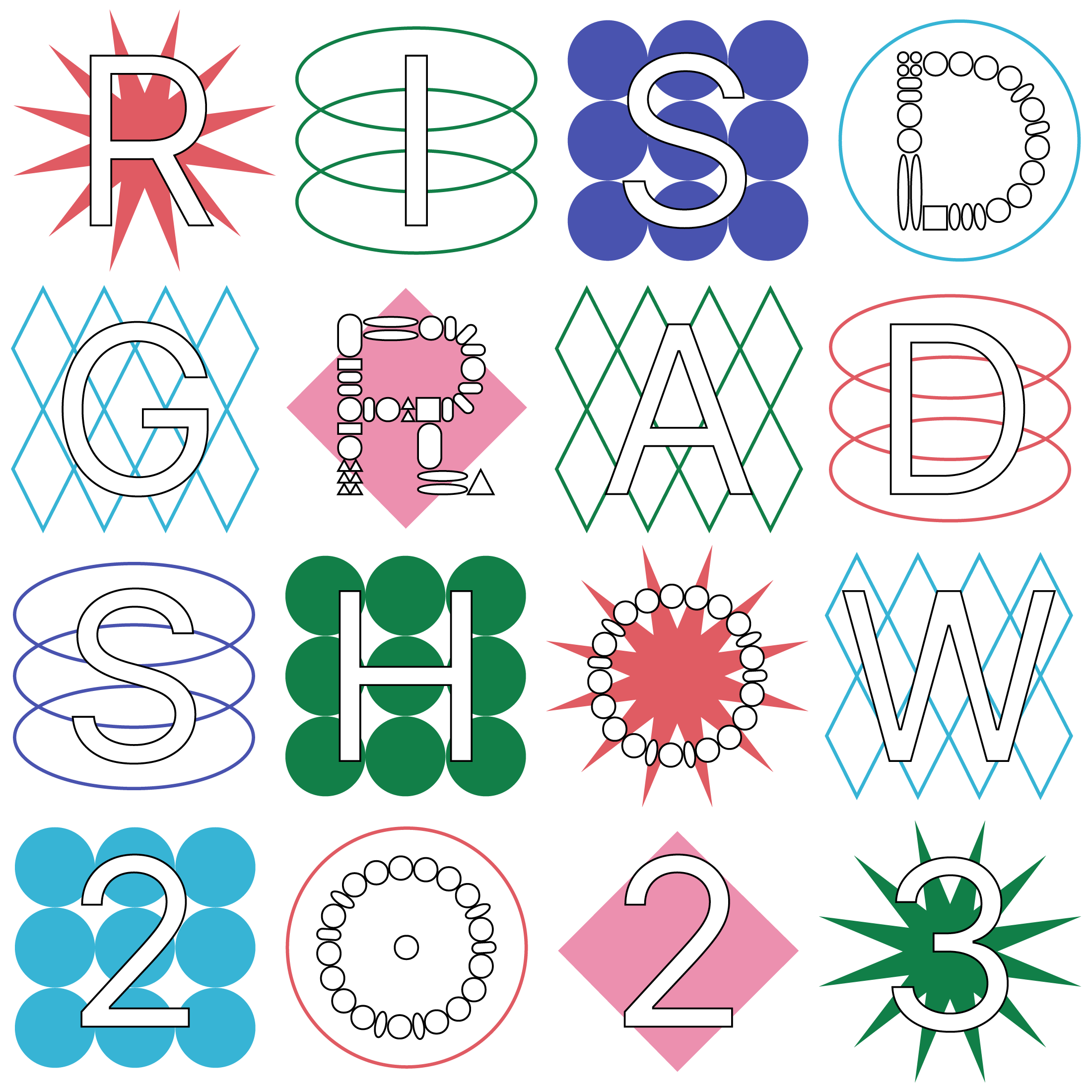Image

Piumi de Alwis
Using Video Storytelling to Transform the Consumer Narrative of Fashion into One of Caretaking: A First Step towards a Sustainable Fashion Industry.
The current world of fashion is not sufficiently sustainable even though we see some fashion brands are advertising their sustainable attempts of having clothing lines which are made of ethically sourced materials or responsibly made by paying a fair wage for apparel workers. Fashion industry still has a long way to go if we want to see an increase of sustainable practices in the apparel supply chain. While governments, fashion businesses, international and domestic laws have a great responsibility in decision making and implementation for attaining sustainable futures in the fashion industry, we have to discuss as a collective group of buyers how we can change the current processes of toxic ways of fast fashion.
My argument is that in order to create impactful decisions to shift the fashion industry to a more sustainable industry than it is right now, the behavior of consumers. It can influence the corporate and state level power to make necessary policy changes and arrangements at the governmental and operational level. Therefore, the first step of thinking of a sustainable future is attempting a behavioral change because there is a clear interrelation between consumer behavior and corporate, state power.
It’s high time for us to think about what we really gain from the current world of fast fashion. It’s time for us to think as a society. Are we really benefiting from the ways that fast fashion operates? A key weapon of fast fashion is the current “consumer narrative” embedded into the way fast fashion operates. Changing individual behavior to respond to the world of fast fashion is the first step towards sustainability in the fashion industry. One can argue that demanding more sustainable practices in fashion supply chain and industrial business operations is what brings sustainability. While I agree with that, I believe society’s awareness on the ecological and social footprint of fast fashion as the primary step has the power to demand more sustainable practices in the fashion industry.
This study seeks a deeper understanding of consumer behavior—“the narrative of consumer behavior” in fast fashion, the forces behind it and how this special tool of “storytelling” can provide pathways to involve in the “caretaker narrative” when thinking of sustainable futures. First step in transforming current lifestyles to a more sustainable lifestyle is the message of sustainable ways of being. Storytelling would be the ideal instrument for that purpose. This “first step” is important as it helps masses to think about and seek more awareness on the subject of sustainable fashion. We really can’t think of a sustainable future without ignoring the mass audiences. This important first step of creating awareness for the general public informatically and emotionally will lead to a big change. The impact on policy decisions, regulations, organizational influence and governmental interference which can happen in future. In this study a detailed model to promote the “caretaker narrative” by using video storytelling will be discussed.
Video making experiment 1

